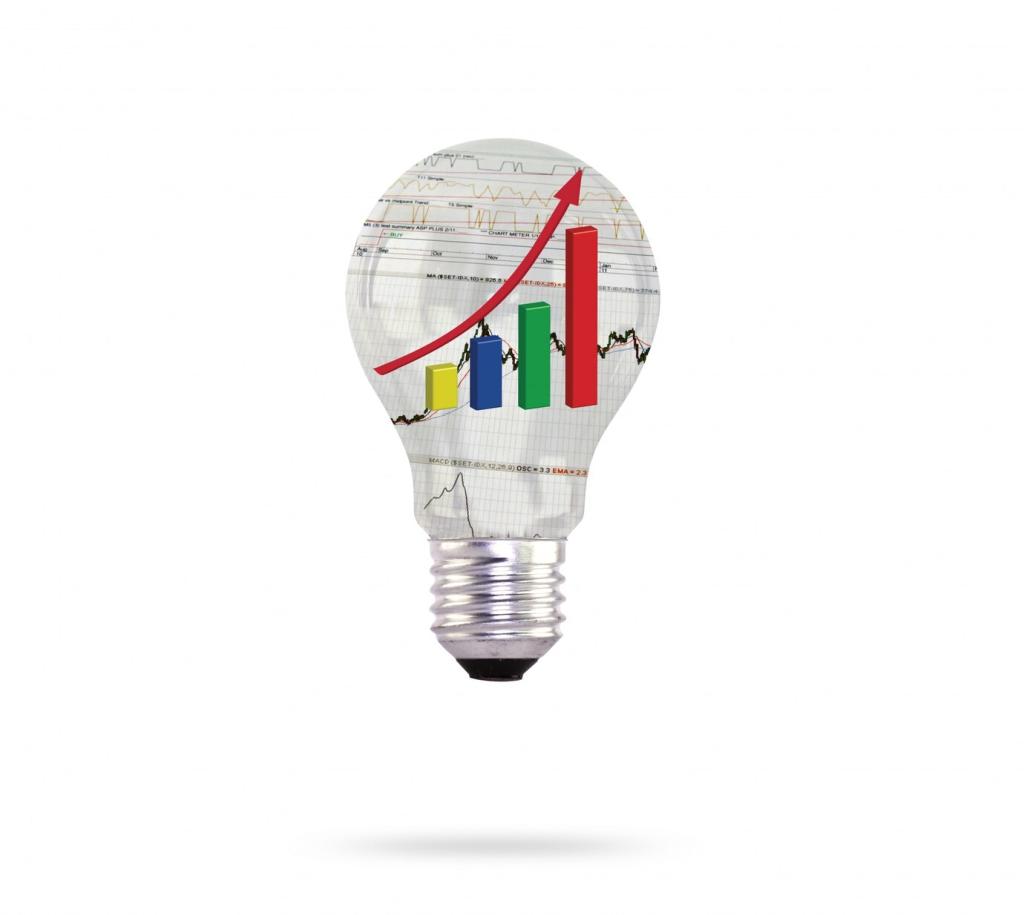
Sustainable Growth: Practices and Case Studies
Sustainable growth has become a defining principle for organizations seeking long-term success, community respect, and international alignment in a rapidly changing world. It incorporates strategies that promote economic development while balancing environmental preservation and social wellbeing. This page delves into what sustainable growth truly means, the underlying principles, real-life applications across industries, and the measurable impacts of such approaches. Through a blend of best practices and case studies, you will discover how leading organizations foster sustainable growth, the challenges they face, and the opportunities awaiting those willing to embrace this forward-thinking paradigm.
Understanding Sustainable Growth
Defining Sustainable Growth
Sustainable growth represents a holistic approach where financial objectives are harmonized with ecological integrity and social equity. Unlike traditional growth models that prioritize short-term gains, sustainable growth evaluates the broader consequences of business actions over time. This approach demands companies heed the long-term effects on natural resources, community livelihoods, and the overall health of our planet. By embedding sustainability at the core of their operations, organizations are better equipped to navigate regulatory changes, build brand loyalty, and ensure resilience in uncertain markets. Ultimately, sustainable growth is about building a legacy that endures for generations.
Key Principles of Sustainable Development
The foundational principles of sustainable development encompass balance, inclusivity, and accountability. Balance refers to the adept management of economic ambitions without sacrificing environmental health or social welfare. Inclusivity ensures that all stakeholders, from employees to local communities, are considered and benefit from development initiatives. Accountability requires transparent reporting of progress and impacts, holding organizations responsible for their commitments. Collectively, these principles encourage businesses to pursue innovation in resource usage, adapt to evolving expectations, and remain transparent in their sustainability journey. Commitment to these principles builds trust and supports the viability of both organizations and the societies they serve.
The Business Case for Sustainability
Adopting sustainable growth practices is not just an ethical imperative but also a strategic business decision. Forward-thinking companies increasingly find that integrating sustainability into their core strategy enhances their competitive advantage, reduces operational costs, and opens up new revenue streams. Customers and investors are more likely to support businesses demonstrating genuine purpose, ethical supply chains, and eco-friendly operations. Moreover, regulatory landscapes are shifting, with stricter environmental and social requirements emerging globally. By preparing early and making sustainable investments, organizations mitigate risks, strengthen stakeholder relations, and secure their place in the future economy.
Sustainable Supply Chain Management
Redesigning supply chains with sustainability in mind is essential for modern enterprises seeking long-term success. Organizations now recognize that every link in the chain—from sourcing raw materials to delivering end products—offers opportunities to reduce environmental impacts and increase social benefits. Strategies include partnering with ethical suppliers, using renewable materials, and optimizing transportation for lower emissions. These efforts build transparency and traceability, allowing customers and stakeholders to follow a product’s journey from origin to point of sale. By holding supply partners to the same standards, businesses strengthen their collective reputation, lower costs through innovation, and reduce exposure to sustainability-related risks.
Circular Economy Integration
Transitioning from a linear, take-make-dispose model to a circular economy is pivotal in sustainable growth. This approach prioritizes extending the lifecycle of products through recycling, reuse, and designing for durability. Companies embracing the circular model innovate by developing products that can be easily maintained, repaired, or repurposed. This reduces waste and captures additional value from existing resources, benefiting both the environment and the bottom line. Consumers increasingly favor businesses committed to circularity, driving a new wave of eco-conscious demand. Implementing circular principles across operations requires cross-functional collaboration, but it rewards organizations with credibility, resilience, and reduced resource costs.
Energy Efficiency and Renewable Adoption
Commitment to energy efficiency and renewable energy sources underpins many successful sustainability strategies. Organizations are investing in state-of-the-art technologies and intelligent systems to optimize their energy consumption in offices, factories, and logistics. Solar panels, wind turbines, and energy storage solutions reduce reliance on fossil fuels while lowering operational expenses. These measures not only decrease carbon footprints but also appeal to investors and consumers prioritizing climate-friendly brands. By tracking and improving energy metrics, businesses gain insight into cost-saving opportunities and demonstrate their determination to address climate change head-on. The shift to renewables is proving critical for organizations striving to thrive in the low-carbon economy.

Technology Sector: Pioneering Efficient Data Centers
A leading technology company tackled its growing energy demands by investing in next-generation data center designs. By deploying advanced cooling systems, artificial intelligence-powered energy management tools, and contractual partnerships with renewable energy providers, the company achieved a significant reduction in emissions per computing unit. Continuous improvement initiatives fostered a culture where sustainability and logical efficiency guided every upgrade and expansion decision. The resulting data centers not only powered essential services for millions but did so with a fraction of the industry’s typical environmental impact. This multi-year journey underscored that innovation and sustainability can co-exist, even in resource-intensive sectors.

Agriculture: Regenerative Practices in Action
A pioneering agricultural business transformed a struggling operation into a model of regenerative farming. By moving away from conventional monoculture and synthetic inputs, it adopted cover cropping, rotational grazing, and composting. These methods rebuilt soil health and increased biodiversity across the landscape, eventually enhancing yields and reducing input costs. Community partnerships provided mutual education, technical support, and shared marketing efforts. The business demonstrated that investing in nature-based solutions doesn’t just restore land but also improves resilience to climate volatility. Their experience attracted attention from major food brands seeking responsibly sourced ingredients, illustrating the market potential for regenerative agriculture.

Fashion Industry: Closed-Loop Sustainability
An international fashion label committed to closing the loop in apparel manufacturing by launching a groundbreaking program to collect and recycle used garments. They invested in innovative recycling technology to transform old textiles into new fibers, which were then used to create fresh collections. The initiative was complemented by transparent reporting on sustainability targets, encouraging consumer participation and trust. By integrating circularity into design, production, and post-consumer processes, the brand reduced waste and water use, all while maintaining high quality and style standards. This case highlighted the potential for large-scale positive impact when global brands prioritize eco-conscious business models.
